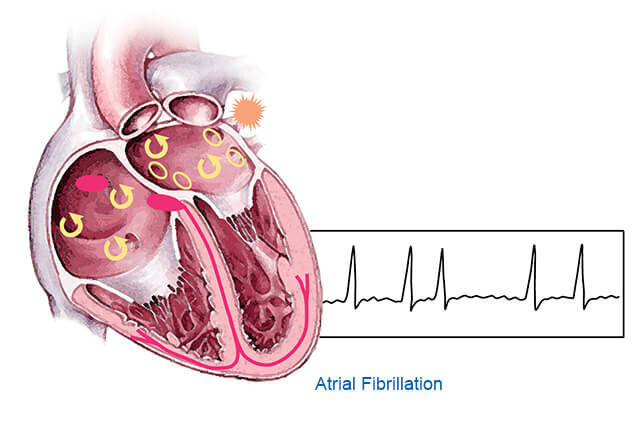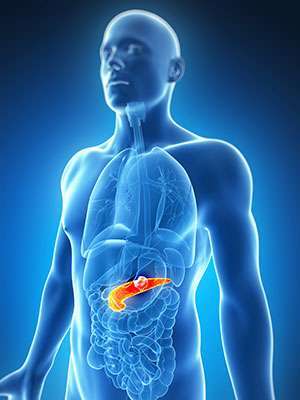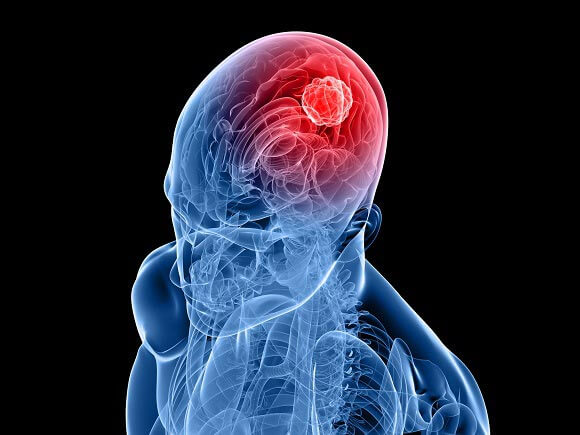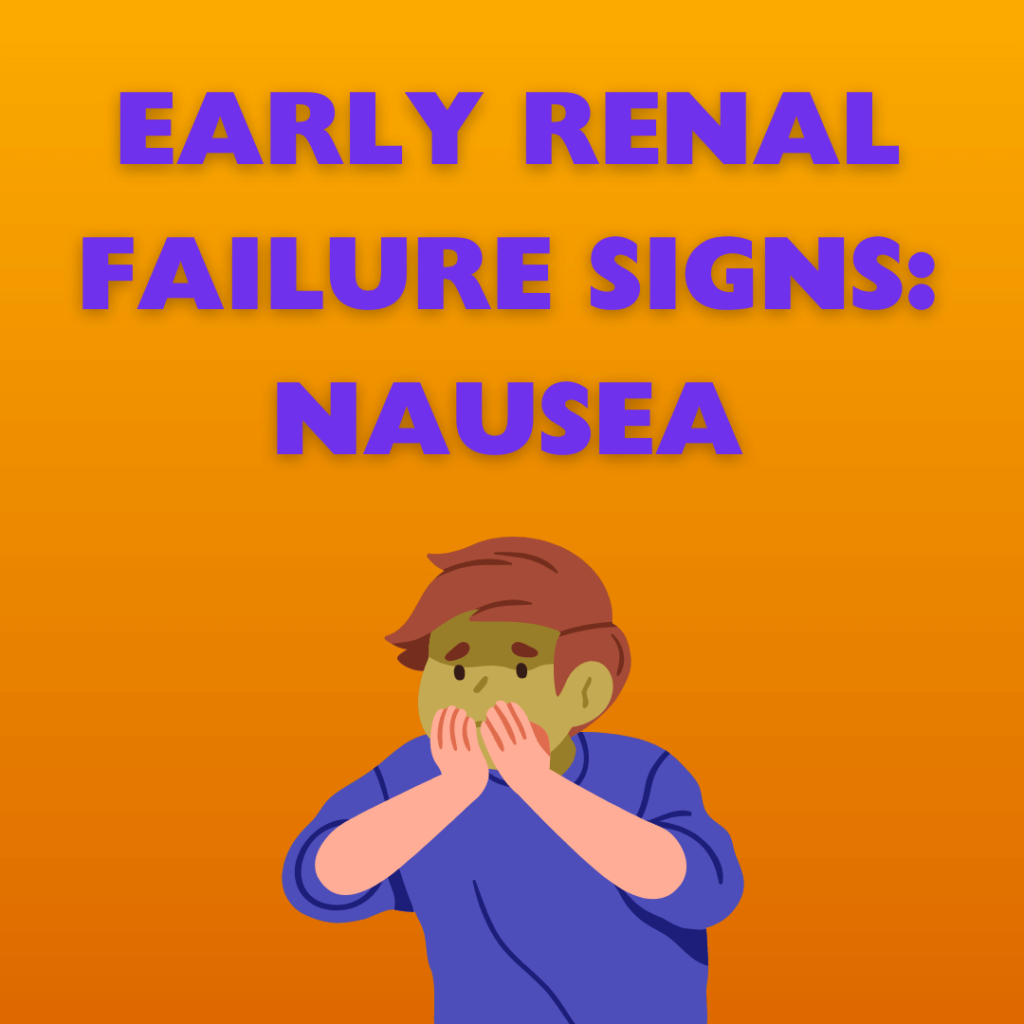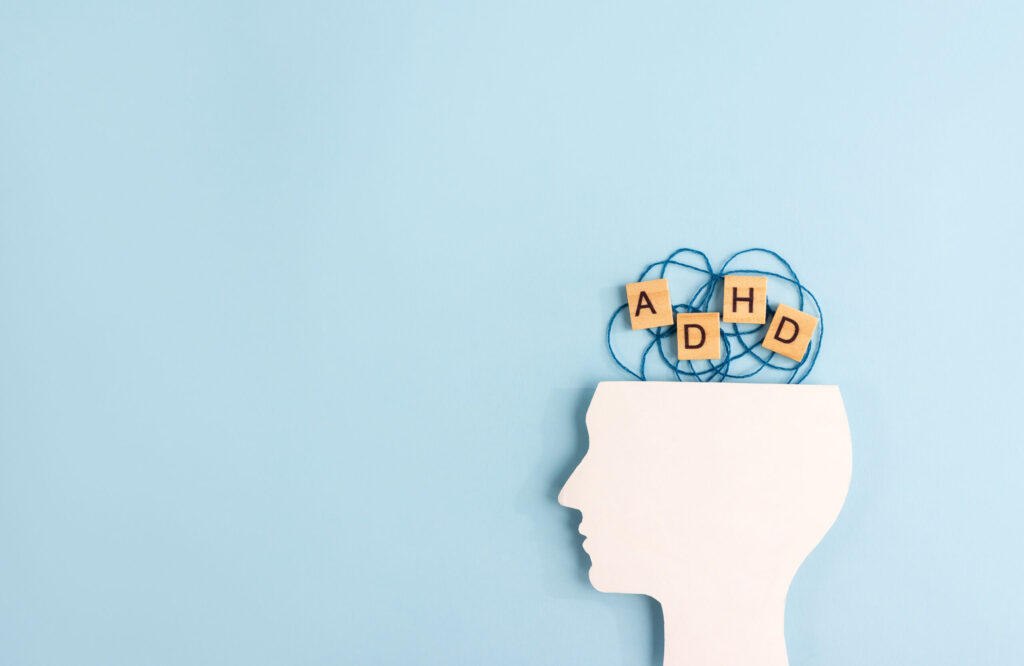
Attention-deficit/hyperactivity disorder (ADHD) is a condition that affects children, teens, and adults. In the United States, 4% of adults live with this developmental condition that can impact their relationships, careers, and overall quality of life.
Most people have an idea of what ADHD looks like in children, but they might not realize that adult ADHD can present differently. A number of adults currently living with ADHD don’t even realize they have the condition because they do not have the same symptoms as children and teens. By knowing what signs to watch for and learning how the condition affects people of all ages, you can know if you need to ask for help.
What is ADHD?
ADHD is a common neurodevelopmental disorder that emerges during childhood. This is generally when someone receives an ADHD diagnosis, but it often lasts into adulthood.
Someone living with ADHD might experience unusual levels of hyperactivity and impulsive behaviors. This disorder can make it challenging to sit still for long periods and make focusing on a single task feel impossible.
Three main types of ADHD exist:
- Inattentive presentation
- Hyperactive-impulsive presentation
- Combined presentation
The most common symptoms of predominantly inattentive presentation of ADHD include:
- Having trouble organizing work and tasks
- Making careless mistakes
- Not paying attention to details
- Not paying attention when spoken to
- Often losing things
- Being easily distracted
With a hyperactive-impulsive presentation, the most common symptoms are:
- Constant fidgeting
- Inability to play or do activities quietly
- Inability to wait for one’s turn
- Inability to stay seated
- Constantly interrupting others
The combined type of ADHD can present with symptoms of both types.
ADHD symptoms in children can affect their schoolwork, making it difficult for them to learn, resulting in poor grades. Some children with ADHD can have disciplinary problems because of impulsive behavior and lack of attention.
Adults can also experience serious consequences due to ADHD symptoms, including career issues. Living with ADHD can make it harder to maintain relationships and can even contribute to other disorders, including substance use disorder, anxiety, depression, and intermittent explosive disorder.
Difference between child ADHD and adult ADHD
Childhood symptoms of ADHD are often apparent. In contrast, many adults look for other reasons for their behavior.
In children, hyperactivity symptoms may lead the child to be in constant motion, running, or jumping on things. In adults, hyperactivity may look like general restlessness, becoming bored with tasks, and not responding well to frustrating situations.
Inattention in children may be apparent in schoolwork. Children with ADHD might easily lose things and have trouble completing tasks. Inattention in adults might look like multitasking without seeming to finish anything.
Impulsivity in children can include talking over others and not waiting for their turn. At the same time, it can involve more dangerous actions in adults, like driving too fast and other risky behaviors.
Common misconceptions about ADHD
A common misconception about ADHD is that people with this disorder cannot focus. Someone living with ADHD might struggle to maintain focus on particular tasks. However, they might also hyperfocus on something that they find interesting.
Another misconception is that all kids with ADHD are hyperactive. Not all of them have this symptom; many just find it difficult to focus on the task at hand.
Lots of people believe that only boys and men can have ADHD. Although there is a higher prevalence in males, girls and women can also have this disorder.
Treatment options
If you recognize any of these symptoms in yourself or a loved one, seeking expert help is essential. Getting a clear diagnosis is the first step.
There is no single test that can diagnose ADHD. Instead, a doctor will assess your symptoms over the last six months. Your doctor can also conduct some physical tests to help rule out other conditions.
If you have ADHD, treatment can include behavioral therapy and medication.
Behavioral therapies can help you recognize the symptoms of the disease so that you can change your behavioral patterns.
Medications can be beneficial, with psychostimulants being the most effective. Central nervous system stimulants can increase the brain chemicals dopamine and norepinephrine, which help networks of nerve cells work together more effectively.
Two of the most common prescription medications for ADHD are Ritalin and Adderall.
Reach out to professionals
If you suspect that you or a loved one may have ADHD, there are resources available, including these nonprofit organizations:
- American Academy of Child and Adolescent Psychiatry
- Attention Deficit Disorder Association
- CHADD
- National Resource Center on ADHD
It is not easy to live with ADHD, and it can be harder to watch someone you love face its symptoms. However, help is available that can improve your quality of life, so reach out today for the guidance you need.
Resource links
-
“Attention-Deficit/Hyperactivity Disorder (ADHD)” via National Institute of Mental Health
-
“What Is ADHD?” via American Psychiatric Association
-
“Data and Statistics About ADHD” via Centers for Disease Control and Prevention
-
“ADHD Quick Facts: Medication in ADHD Treatment” via Children and Adults with Attention-Deficit/Hyperactivity Disorder (CHADD)

